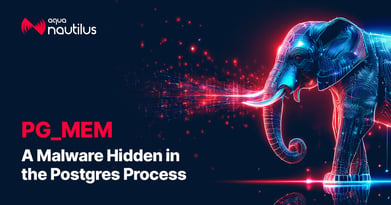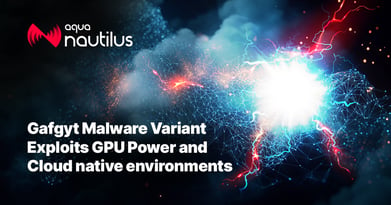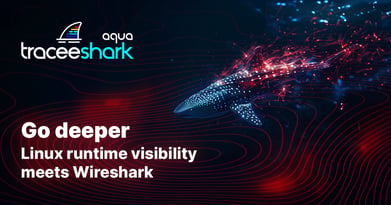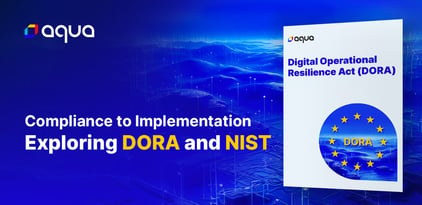Aqua Nautilus researchers identified a new Linux malware targeting Weblogic servers. The main payload calls itself Hadooken which we think is referring to the attack “surge fist” in the Street Fighter series. When Hadooken is executed, it drops a Tsunami malware and deploys a cryptominer. In this blog, we explain the …
As organizations advance in their cloud native journey, the adoption of AWS Fargate for ECS (Elastic Container Service) and EKS (Elastic Kubernetes Service) increases. Many customers begin their cloud journey with Amazon ECS, with around 65% of new AWS container customers opting for ECS. This popularity is driven by …
Aqua Nautilus researchers have uncovered PG_MEM, a new PostgreSQL malware, that brute forces its way into PostgreSQL databases, delivers payloads to hide its operations, and mines cryptocurrency. In this blog, we explain this attack, the techniques used by the threat actor, and how to detect and protect your …
Aqua Nautilus researchers discovered a new variant of Gafgyt botnet. This campaign is targeting machines with weak SSH passwords, executing 2 binaries from memory to increase the Gafgyt botnet and mine crypto currency with GPU power, indicating that the IoT botnet is targeting more robust servers running on cloud …
During February 2024, we discovered critical vulnerabilities in six AWS services. The impact of these vulnerabilities range between remote code execution (RCE), full-service user takeover (which might provide powerful administrative access), manipulation of AI modules, exposing sensitive data, data exfiltration and …
In this blog, we introduce TrailShark, a plugin that connects Wireshark with AWS CloudTrail logs. This open-source tool was developed as part of the “Bucket Monopoly” research, during which we identified six vulnerabilities in AWS by tracking service interactions and internal API calls. These vulnerabilities range …
Aqua Tracee is an open source runtime security and forensics tool for Linux, built to address common Linux security issues. Tracee’s main use case is to be installed in a production environment and continuously monitor system activity and detect suspicious behavior. Some alternative use cases which Tracee can be used …
Aqua Nautilus researchers uncovered a new Distributed Denial of Service (DDoS) campaign dubbed ‘Panamorfi’, utilizing the Java written minecraft DDoS package - mineping - the threat actor launches a DDoS. Thus far we've only seen it deployed via misconfigured Jupyter notebooks. In this blog we explain about this …
Did you know that Kubernetes originally had no built-in features for managing user permissions, or that support for storing data persistently didn't appear until Kubernetes was four years old?
Kubelet API is a vital component in Kubernetes clusters that manages pods and their containers on each node. While it is not typically intended for direct user interaction, many DevOps teams may utilize the Kubelet API for debugging and direct node communication. However, exposing the Kubelet API to the public …
The importance of cybersecurity and operational resilience in the financial sector has never been more pronounced. The European Union (EU) has been at the forefront of addressing these critical issues, enacting comprehensive legislations to safeguard the digital infrastructure and ensure the continuity of financial …










